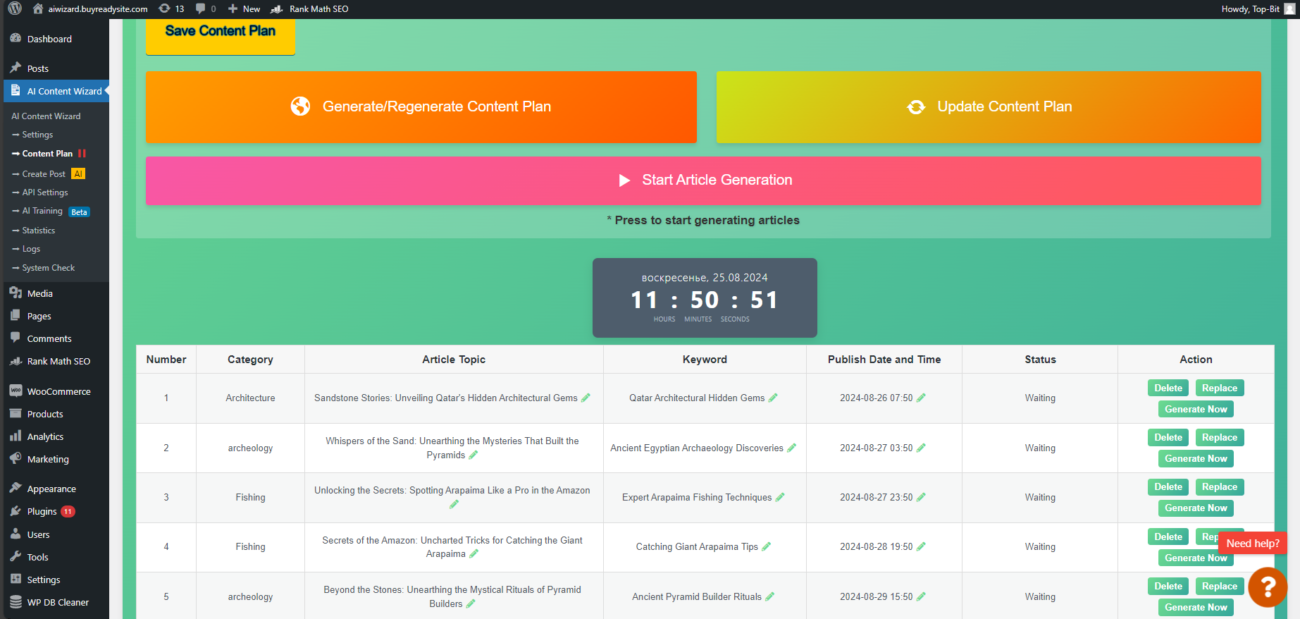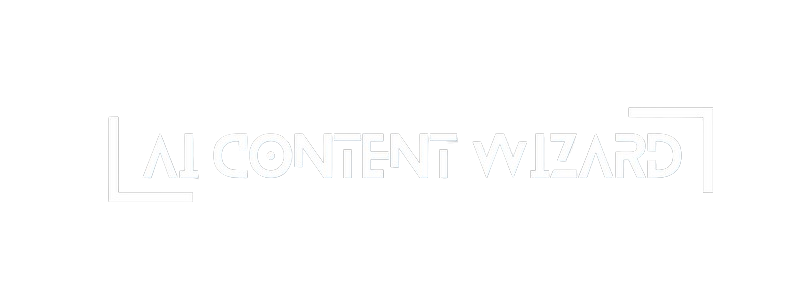How to create a content plan is one of the most frequently asked questions by website owners and marketers. A well-structured content plan is the foundation of a successful content strategy. It helps systematize content creation and publishing, ensuring consistency and focus. In this step-by-step guide, we will explore how to create an effective content plan for your website using real examples and practical advice.
What is a Content Plan and Why Do You Need It?
Understanding how to create a content plan is essential because a content plan is more than just a publishing calendar; it’s a strategic tool that outlines what content will be created, when and where it will be published, and who is responsible for it. A well-crafted content plan helps:
- Systematize your content creation process.
- Ensure all content aligns with your business goals.
- Maintain consistency and variety in your publications.
- Maximize engagement and conversions.
Step 1: How to Create a Content Plan by Defining Your Goals
Before diving into how to create a content plan, it’s crucial to define the goals you want to achieve with your content. These goals should be specific, measurable, achievable, relevant, and time-bound (SMART). Examples include:
- Increase website traffic: Create SEO-focused content to improve visibility in search engines.
- Boost engagement: Publish interactive content that encourages comments and shares.
- Promote new products or services: Develop content that highlights the unique benefits of your offerings.
Tip from Neil Patel: “Focus on creating evergreen content—materials that will remain relevant for a long time and bring consistent traffic.”

Step 2: How to Create a Content Plan by Researching and Analyzing Your Audience
To master how to create a content plan that resonates with your audience, you need to tailor your content to their interests and needs. Conduct thorough audience research by:
- Using tools like Google Analytics to understand who your users are.
- Conducting surveys and interviews to gather direct feedback.
- Analyzing audience behavior on your website and social media platforms.
Example: If your site is focused on e-commerce, your audience might be interested in product reviews, usage tips, or comparisons with competitors.
Step 3: How to Create a Content Plan by Defining Key Topics and Formats
When learning how to create a content plan, selecting the right topics is essential. Choose topics that will interest your audience and align with your business goals. Here’s how:
- Keyword research: Use tools like Ahrefs, SEMrush, or Google Keyword Planner to find popular queries in your niche.
- Competitor analysis: Look at what your competitors are writing about and identify gaps that you can fill with your content.
Example: If your site is dedicated to online courses, you could create a series of articles like “How to Choose the Best Online Marketing Course,” “Top 5 Tools for Online Learning,” etc.
Step 4: Creating a Content Calendar
A crucial step in understanding how to create a content plan is organizing your publishing schedule with a content calendar. This ensures that all materials are released on time. In your calendar, include:
- Publication dates.
- Article topics.
- Content formats (articles, videos, podcasts, etc.).
- Responsible team members.
Tools for Creating a Content Calendar:
- Trello — a great task management tool that allows you to create boards with cards for each article.
- Google Sheets — a simple and free way to organize your content calendar.
- AI Content Wizard — our plugin that automatically generates content plans, selects topics and keywords, and suggests publication dates based on your website’s analysis and audience.

Tip from Joe Pulizzi: “A content plan should be a living document that adapts to changes in your audience and business.”
Step 5: Content Creation and Publishing
Now that you’ve learned how to create a content plan and have a content calendar in place, it’s time to start creating content. Here are a few steps to help you:
- Research and gather information: Before writing an article, collect all necessary data and materials.
- Writing: Use a clear structure, break up the text into paragraphs, and use lists and subheadings for better readability.
- Editing and proofreading: Ensure the content is error-free and meets your quality standards.
- SEO optimization: Don’t forget to use keywords, create meta descriptions, and optimize images.
Example: If your site is about healthy eating, you could write an article like “How to Create a Weekly Meal Plan: Tips from Nutritionists.”
Step 6: Monitoring and Analyzing Effectiveness
A key part of understanding how to create a content plan is learning how to monitor and analyze its effectiveness. Use analytics tools to evaluate how well your content is performing:
- Page views.
- Time spent on the page.
- Bounce rate.
- Number of social interactions (likes, comments, shares).
Based on this data, you can adjust your content strategy and make changes to your content plan.
Conclusion: Mastering How to Create a Content Plan
Learning how to create a content plan is a critical step toward building a successful content strategy. By following this step-by-step guide, you can systematize your content creation process and make it more focused and effective. Don’t forget to use available tools, such as AI Content Wizard, to automate and enhance your content planning process.
Start planning your content today, and your website will become a powerful tool for achieving business goals!

